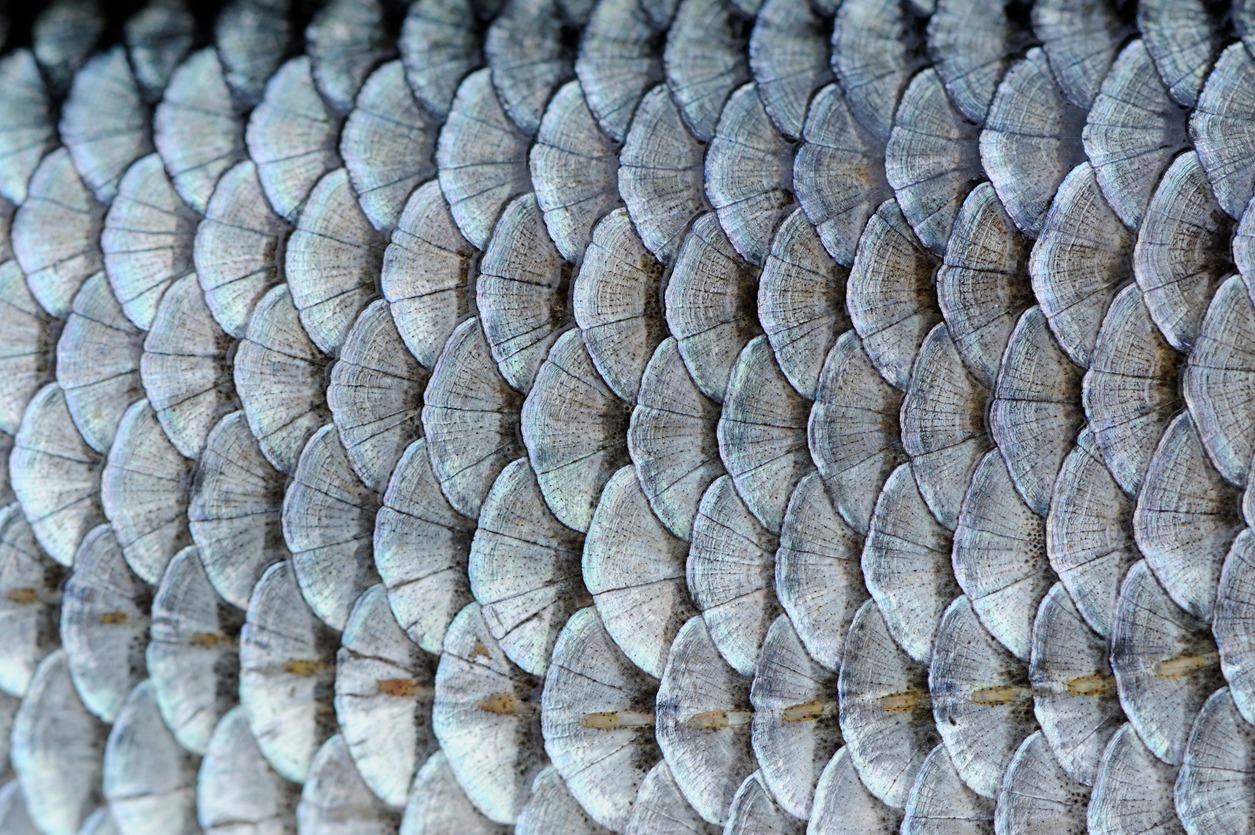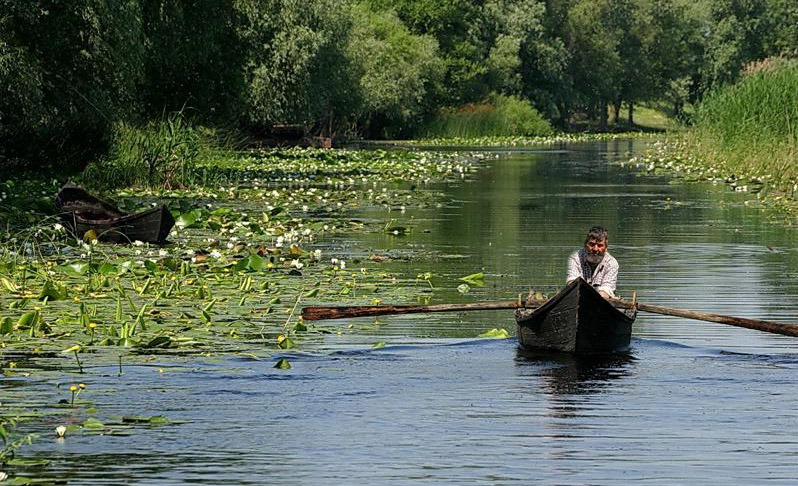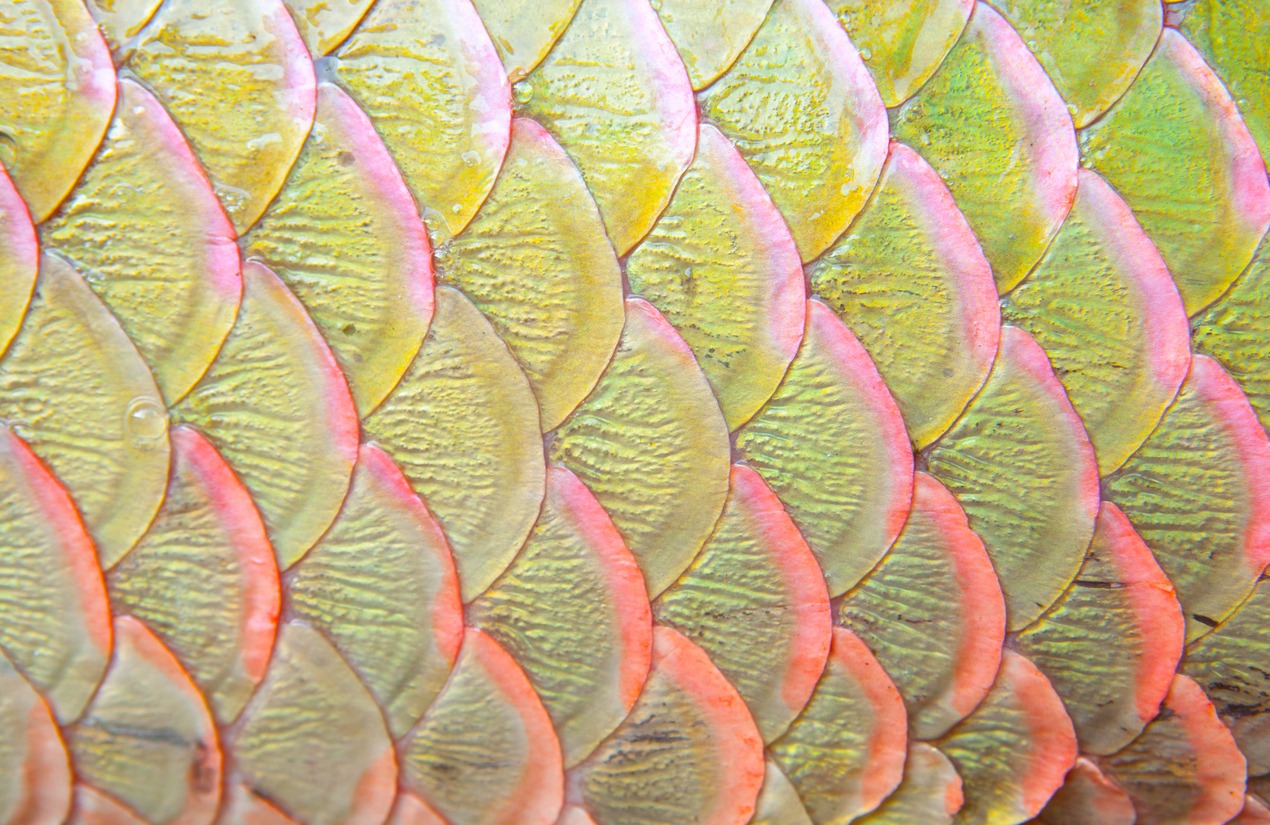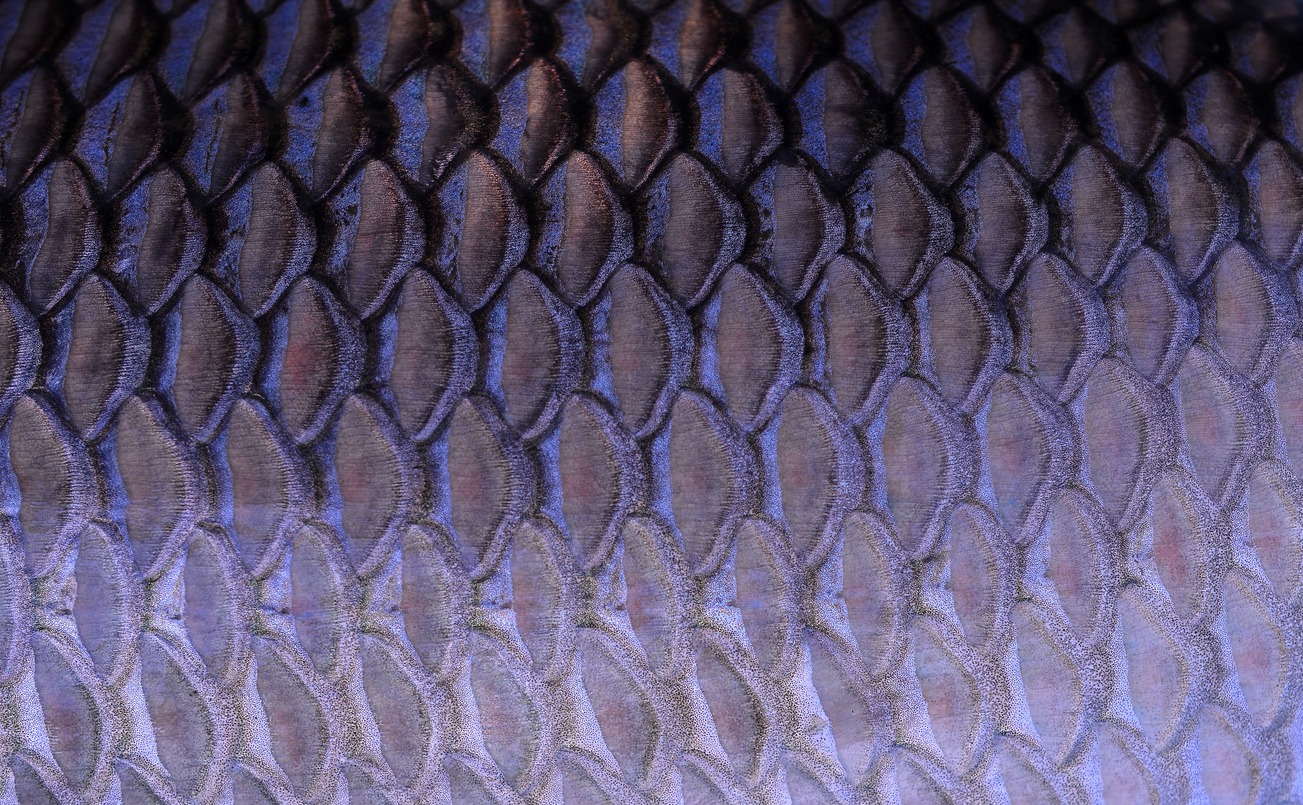Within the rich and diverse landscape of Russian cultural heritage, the Lipovans hold a special place with their distinctive Fish Scale Embroidery. This unique craft, deeply rooted in the traditions of the Old Believers, showcases an aspect of their enduring legacy. Originating from the Old Believers, a religious minority with a rich history, the Lipovans have preserved this intricate art form for generations. This embroidery, more than just a craft, is a window into the soul of a community that has clung to its traditions amidst changing times.
In this article, we will discuss the story behind Lipovan’s Fish Scale Embroidery. We will unfold stories, beliefs, and a way of life that has been carefully preserved over centuries. Let us discover the secrets hidden within these delicate threads, exploring how they reflect the history, culture, and enduring spirit of Russia’s Old Believers.
The Origin of the Lipovans
The story of the Lipovans begins with the Old Believers, a group that emerged in 17th-century Russia. During this period, the Russian Orthodox Church underwent significant reforms under Patriarch Nikon, altering many ancient rituals and texts. Those who resisted these changes, insisting on preserving the old ways, came to be known as the Old Believers. Facing persecution for their defiance, many sought refuge in remote areas of Russia and beyond.
The Migration and Settlement of the Lipovans
Among these Old Believers were the ancestors of the Lipovans. In their quest for religious freedom and the preservation of their customs, they migrated to various regions, including present-day Romania and Ukraine. The name ‘Lipovan’ is believed to have originated from the Romanian word ‘lipoveni’, referring to the people living by the Lipovets forest in Ukraine. These resilient settlers established close-knit communities where they could freely practice their beliefs and traditions.
The Lipovans’ Cultural Identity and Crafts
In their new settlements, the Lipovans not only maintained their religious practices but also nurtured various forms of art and craftsmanship, with Fish Scale Embroidery being a remarkable example. This craft became a symbol of their cultural identity, embodying the values and history of the Old Believers. Through their embroidery, the Lipovans narrate stories of their past, their journey, and their resilience in the face of adversity.
Understanding Fish Scale Embroidery
Fish Scale Embroidery, a distinctive form of art practiced by the Lipovans, stands out for its intricate technique and symbolic richness. The primary material used is actual fish scales, which are cleaned, dyed, and shaped for use in embroidery. These scales are delicately sewn onto fabric, creating various patterns and designs.
The designs often depict natural elements, religious symbols, and scenes from everyday life. This technique is not only unique due to its use of fish scales but also in how it blends creativity with the natural world, highlighting the Lipovans’ connection to their environment.
Tools and Materials Used
The creation of Fish Scale Embroidery requires specific tools and materials, which include:
- Fish Scales: Different types of fish scales are selected based on size, color, and texture.
- Dyes: Natural dyes are used to color the scales, adding vibrancy to the designs.
- Needles and Threads: Special needles and threads are used to carefully attach the scales to the fabric.
- Fabric: The base fabric is usually something sturdy to support the weight and texture of the scales.
The choice of materials and tools reflects the Lipovans’ resourcefulness and their deep respect for nature.
Symbolism and Significance of Designs
The designs in Fish Scale Embroidery are rich in symbolism, representing various aspects of Lipovan culture and beliefs:
- Nature and the Environment: Many designs feature elements from nature, signifying the community’s close bond with their natural surroundings.
- Religious Beliefs: Symbols related to the Old Believers’ religious practices are common, depicting their spiritual heritage.
- Community and History: Some patterns narrate stories of the Lipovans’ history and their journey as a community.
These embroidered designs serve not just as decoration but as a means of storytelling, preserving the legacy and beliefs of the Lipovans. Through this craft, they communicate their identity, values, and connection to both their past and their environment.
Cultural and Religious Significance
Fish Scale Embroidery is deeply embedded in the cultural fabric of the Lipovan community. This craft is not merely a form of artistic expression; it is a vital cultural practice that serves several purposes:
- Preservation of Identity: Through their unique embroidery, the Lipovans assert and maintain their distinct cultural identity.
- Transmission of Traditions: The art of Fish Scale Embroidery is passed down through generations, serving as a medium for the transmission of cultural knowledge and history.
- Community Bonding: The practice of embroidery often brings together members of the community, fostering a sense of unity and shared purpose.
Religious Symbolism in Fish Scale Embroidery
The religious significance of Fish Scale Embroidery for the Lipovans cannot be overstated. The designs often incorporate elements that reflect their deep religious beliefs:
- Sacred Imagery: Many patterns include symbols and motifs that have religious connotations, reflecting the spiritual life of the Old Believers.
- Ritual Use: Some embroidered items are used in religious rituals and ceremonies, underlining their sacred importance.
- Expression of Faith: The act of creating these embroidered works is itself seen as a devotional practice, a way of honoring their religious heritage.
Preservation of Traditions Through Embroidery
Fish Scale Embroidery plays a crucial role in preserving the traditions of the Old Believers. This craft is a living testimony to their resilience and adherence to ancient practices in the face of modernity and change. It symbolizes the community’s commitment to:
- Maintaining Religious Practices: The embroidery is a tangible connection to the religious practices and beliefs that have defined the Old Believers for centuries.
- Keeping Historical Memory Alive: The motifs and patterns in the embroidery often tell stories from the past, keeping the community’s history alive.
- Adapting to Changing Times: While deeply traditional, the craft also adapts to contemporary times, reflecting the dynamic nature of Lipovan culture.
Fish Scale Embroidery is more than an artistic endeavor for the Lipovans. It is a rich tapestry that weaves together their cultural and religious identity, acting as a cornerstone for preserving their unique heritage in an ever-evolving world.
Fish Scale Embroidery as a Historical Document
Fish Scale Embroidery, aside from being a form of art, also serves as a historical document, capturing the Lipovans’ past in its threads and scales. Each pattern and design is a narrative, telling stories that might otherwise be lost. These embroidered works often depict scenes from daily life, significant events, and cultural practices, providing a visual history of the community. They offer insights into the lives of the Lipovans, their struggles, celebrations, and everyday experiences.
Reflection of Social and Political Changes
The evolution of Fish Scale Embroidery patterns over time reflects the social and political changes the Lipovans have witnessed. Changes in design styles can indicate shifts in societal norms, influences from interactions with other cultures, or adaptations to political climates.
For instance, certain motifs may have emerged during periods of oppression as a form of subtle resistance or identity preservation. The embroidery thus becomes a canvas on which the historical journey of the Lipovans is painted, offering a unique perspective on the broader context of their existence.
Embroidery as a Non-Verbal Historical Record
Unlike written history, which can be subject to biases and alterations, Fish Scale Embroidery provides a non-verbal record that is more resistant to manipulation. It is a form of storytelling passed down through generations, each stitch contributing to a collective memory.
This embroidery captures the essence of the Lipovan experience in a way that words cannot, making it a vital tool for understanding their history and culture. Scholars and enthusiasts alike can study these patterns to gain insights into the Lipovan way of life, their beliefs, and their adaptation strategies throughout history.
Fish Scale Embroidery serves as a unique historical document, offering a vivid and tactile record of the Lipovans’ past. It stands as a testament to their resilience, a narrative of their journey, and a symbol of their enduring spirit. Through this craft, the Lipovans have managed to etch their story into the fabric of history, providing future generations with a rich and enduring legacy.
Contemporary Relevance and Challenges
In today’s world, Fish Scale Embroidery continues to hold significance among the Lipovans, symbolizing a connection to their roots and a celebration of their heritage. However, its relevance extends beyond the community. This unique craft has garnered interest from artists, historians, and cultural enthusiasts worldwide, recognizing it as a rare and intricate form of art. Its continuity not only honors tradition but also enriches the global tapestry of folk art.
Challenges in Preserving This Unique Craft
Despite its cultural significance, Fish Scale Embroidery faces several challenges:
- Diminishing Practitioners: As younger generations move towards urban areas and modern lifestyles, there are fewer artisans dedicated to learning and continuing this intricate craft.
- Material Scarcity: Environmental changes and regulations can affect the availability of the specific types of fish scales needed for traditional designs.
- Commercialization Risks: While increased interest can help preserve the craft, it also risks commercialization, which may dilute the authenticity and cultural significance of traditional designs.
Efforts in Revitalizing and Promoting the Craft
To ensure the survival and relevance of Fish Scale Embroidery, various efforts are being made:
- Workshops and Learning Programs: Initiatives to teach the younger generation and interested individuals to help keep the craft alive.
- Cultural Festivals and Exhibitions: Showcasing this art form in cultural events and exhibitions raises awareness and appreciation globally.
- Support from Cultural Organizations: Assistance from local and international cultural organizations in terms of funding, promotion, and preservation plays a crucial role.
The Role of Technology and Innovation
Incorporating technology and innovative approaches can also aid in the craft’s preservation. Digital archives, online exhibitions, and social media platforms can bring Fish Scale Embroidery to a broader audience, sparking interest and engagement across different demographics.
While Fish Scale Embroidery faces challenges in the contemporary world, its relevance remains strong. It is not just an art form to be preserved; it is a living tradition that continues to evolve, adapt, and inspire. The efforts to sustain and promote this craft are crucial in keeping the rich heritage of the Lipovans alive for future generations.
Conclusion
The Lipovans’ Fish Scale Embroidery is indeed much more than an artistic expression. It’s a vibrant thread in the fabric of their cultural and religious identity, offering a glimpse into the history and enduring spirit of the Lipovan community. As we’ve seen, each stitch and scale in their embroidery tells a story, reflecting their journey, beliefs, and connection to the past.
In today’s world, where traditional arts often struggle to survive, the preservation of Fish Scale Embroidery is not just about keeping an artistic technique alive. It’s about maintaining a living link to a rich cultural heritage, ensuring that the legacy of the Lipovans and their profound history continues to inspire and educate future generations.





